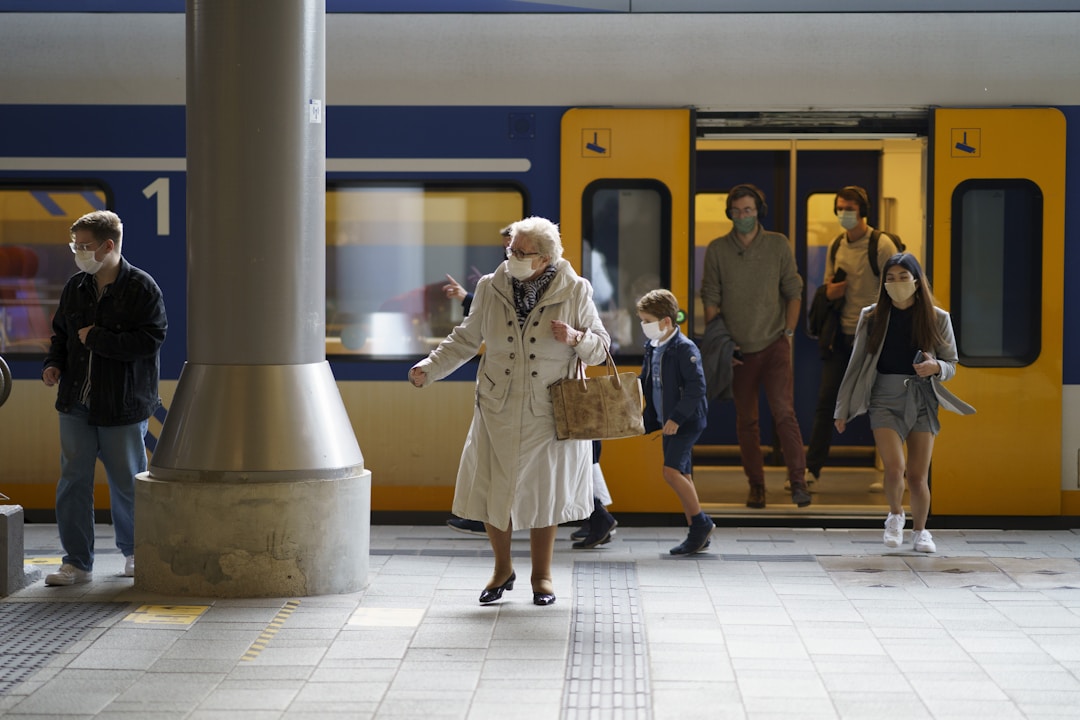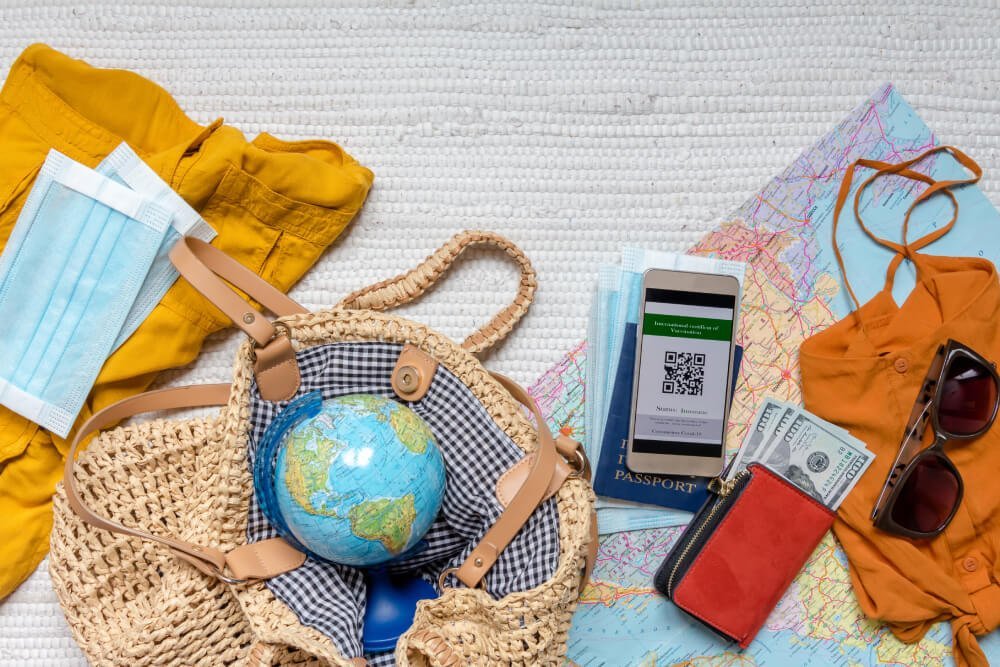Public safety is a critical responsibility for municipalities around the world. When communities feel safe, they’re more likely to thrive and grow, attracting businesses, residents, and tourists. In this article, we’ll discuss four key strategies towns and cities can implement to enhance public safety, protect their citizens, and maintain a high quality of life. Keep reading to learn more.
1. Investing in Comprehensive Security Solutions

Modern technology provides an array of solutions to aid in ensuring a safe and secure environment for the public. Municipalities should invest in comprehensive security systems that involve integrating all the tools available to create a more safe and secure community. This may include security cameras, smart streetlights, alarm systems, and access control systems. Utilizing these technologies in combination creates a strong and reliable public safety network.
It’s also essential to invest in a public safety solution that operates efficiently and provides real-time information. A solution with remote access capabilities can allow law enforcement and first responders to access security systems from anywhere with internet connectivity. In cases of emergencies or ongoing investigations, this capability can prove invaluable to the teams working to resolve incidents and maintain order.
Regular maintenance and upgrades to security systems are also necessary to ensure they remain effective and up to date. Old or outdated equipment can pose security threats, so municipalities should prioritize proper maintenance and replacements as needed. This proactive approach to security technology can save time and money in the long run, while maintaining a highly effective public safety infrastructure.
2. Providing Education and Training for Citizens and Law Enforcement
Educating citizens on public safety precautions and how to respond during emergencies is a crucial element of maintaining a secure community. Emergency preparedness courses, workshops, and public awareness campaigns can equip the public with valuable knowledge on how to protect themselves and their neighbors in times of crisis. Furthermore, an educated citizenry can act as additional eyes and ears for law enforcement, assisting in identifying and reporting potential safety concerns.
Continual training and professional development for law enforcement officers are also essential in building a strong public safety infrastructure. Municipalities need to ensure officers have access to new technologies, skills, and knowledge relevant to their responsibilities. This ongoing education can contribute to a safer community by building trust and cooperation between law enforcement and residents.
Moreover, municipalities can encourage community policing initiatives that promote dialogue between police officers and the citizens they serve. Hosting town hall meetings, community forums, and meet-ups between law enforcement and the public can foster a sense of collective responsibility for public safety and help build stronger relationships, leading to better cooperation and collaboration in times of crisis.
3. Designing Urban Spaces With Public Safety in Mind
Urban planning, architecture, and landscape design play a critical role in creating safe and secure environments. Municipalities must collaborate with urban planners, architects, and landscape designers to create spaces that prioritize public safety, including proper lighting, clear sightlines, and safe pedestrian walkways.
Public spaces such as parks, town squares, and playgrounds should be designed with safety features that minimize potential threats. This could include installing security cameras, and emergency call stations, or incorporating natural elements that provide natural safety opportunities, such as open and well-landscaped layouts.
4. Promoting Collaboration Between Various Public Safety Agencies

Various public safety agencies need to work together, sharing information and resources to achieve optimal public safety. Municipalities should establish collaborative protocols between police, fire, emergency medical services, and other organizations to ensure a coordinated response during emergencies, natural disasters, or large-scale events.
Establishing a strong line of communication between different public safety departments is vital for operational effectiveness. Joint training exercises, shared databases, and communication platforms can further enhance cooperation and help ensure a timely and unified response to incidents.
Collaboration should also extend beyond public safety agencies and include local businesses, schools, and community organizations. By leveraging the resources, knowledge, and expertise of various stakeholders, municipalities can work together to build a safe and thriving community for all.
Improving public safety in towns and cities requires a multifaceted approach that combines technological advancements, education, urban design, and inter-agency collaboration. By investing in these areas, municipalities can work toward creating safe, secure, and thriving environments for their residents and visitors alike.











